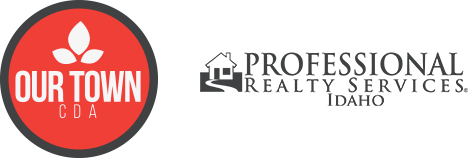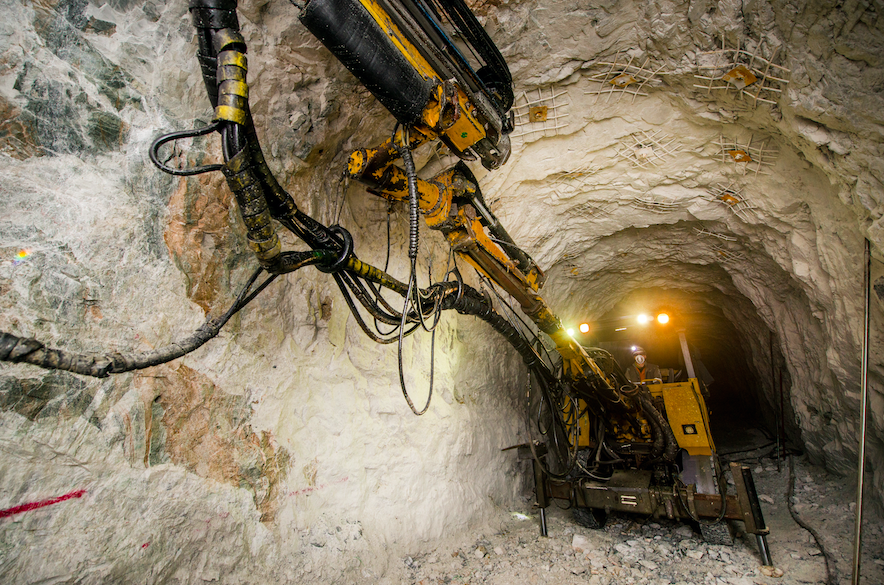By Julie Berreth, Turnbuckle Strategy & Design | Article Provided by Coeur d’Alene Living Local
Looking forward, successful convergence of information technology (IT) and operational technology (OT) will be a driving force behind business-growth initiatives. Through the integration of these two disciplines, companies can utilize real data to drive efficiencies and productivity that will accelerate product-to-market times and boost demand while reducing costs and risks. It also creates opportunities for economic growth that strengthen communities.
While operational technology brings value to the manufacturing industry through sensors and devices, information technology supports the software used to process the required information to manufacture products and run the business.
Overcoming challenges posed by the traditionally competing priorities of the two groups is crucial to successful convergence; these include merging strategies, governance and protocol, as well as security and data.
Two Inland Northwest companies are leading the charge with significant examples of how IT/OT convergence creates competitive advantages and fuels innovation.
Litehouse, Inc.
For Litehouse, a longtime food and beverage manufacturer, necessity was the mother of invention. In order to meet customer demands and increase sales positioning, the company needed to improve the quality and accuracy of package labeling by utilizing data and reducing manual processes. Other contributing factors included numerous variations in labeling requirements for individual customers as well as bridging the skills gap at their five manufacturing plants in Idaho, Michigan and Utah.
In the previous methods, workers did not have access to a single source of data and had to rely on manual processes. For shipping-box labeling, customer-specific information was manually punched into a kiosk at the end of the production line and labels were spray coded onto each box. Pillow prints required changing out plates on a system similar to an old-style letter press for proper embossing. This was both time consuming and prone to errors that ultimately drove up costs and limited product distribution.
Solutions proposed by printing-equipment manufacturers were costly and inefficient, requiring the creation and maintenance of a combined 900-plus label images and templates, as well as the purchase of additional equipment and software licenses.
According to Derek Christensen, senior director of information technology, the company decided to assemble an in-house IT/OT team to define the project’s requirements. Through this collaboration, the team found they were able to build and deploy an affordable print-and-apply labeling system for two forms of packaging by combining capabilities of existing IT and OT systems. Christensen says this plan was also scalable and highly maintainable, taking only five months to fully implement.
The new system utilizes Litehouse’s ERP program to pull customer-specific job data to generate labels that pass through centralized security firewalls as they are sent to the plant printers. Production workers now have the flexibility to edit labels before packaging is complete to ensure accuracy.
The implementation of this print-and-apply label system through IT/OT convergence has resulted in overwhelming benefits, not just for Litehouse’s business operations but for employees as well, according to Christensen. With the means to automatically print labels directly on the production line, operator set-up times have decreased from 10 minutes to 10 seconds for every job run. This new smart-manufacturing environment has expanded the company’s sales positioning by giving them the ability to meet the demands of existing customers and gain new ones more effectively.
Immediate cost savings included tens of thousands of dollars in equipment purchases and a 50-percent reduction in software-license fees. Most importantly, the new system created consistency and accuracy that increased Litehouse’s credibility, thereby generating greater product demand by demonstrating their ability to meet exact customer requirements for how the product arrives.
Litehouse’s leadership was instrumental in fostering an inclusive environment of open communication that bridged the relationships between IT and OT. Short-term benefits were presented to all stakeholders early in the process to inspire the group. Conscientious management of the team and their tasks resulted in an innovative solution that would positively impact the entire business going forward.
Hecla Mining Company
Hecla Mining Company’s IT/OT convergence was motivated by their commitment to improving safety while creating efficiencies and reducing costs to stay competitive. Hecla needed the ability to perform mining tasks remotely to enhance the well-being of their workers while increasing productivity. Controlling equipment and related maintenance costs were also vital to achieving business objectives.
Brock Tenney, IT operations supervisor, says the convergence team worked together, pulling from their areas of expertise to identify off-the-shelf components that were robust enough to handle industrial equipment operations and suitable to the harsh underground environment. Their solution required almost no intervention from IT for deployment, and most importantly, allowed for local decisions underground.
Battery-powered distribution points were daisy-chained from Hecla’s existing network with powered fiber cabling throughout the mines to relay data and pull power from their main distribution points. Wireless access points using Power over Ethernet (PoE) technology minimized the number of cables that had to be strung.
Hecla can now perform autonomous and tele-remote mining, as well as execute network-based remote blasting from within offices on the surface. Personnel, along with environmental conditions, such as temperature and gas levels, are monitored in real time, optimizing safety and reducing risks. Equipment is tracked and scheduled for routine maintenance based on actual data to decrease costs and create efficiencies.
Tenney, who led the convergence team, believes leadership must be willing to be bold, try new solutions and demonstrate how they can improve work processes to create a global benefit. He says curious people ask questions that can be a catalyst for change. Underground-worker concerns about the level of monitoring were quickly alleviated once they were able to use the tools and see the benefits for themselves. In fact, former employees who stay in touch with Tenney have expressed that without these types of tools and technology at their new jobs, they are less productive and feel less empowered. He also credits the project’s success to setting and managing expectations, along with open communication that promotes an environment of contribution and collaboration to make better products and improve lives.
With attrition trends widening the skills gap, businesses must turn to technology and automated processes to grow effectively. IT/OT initiatives, by design, will create new roles that help businesses attract employees, as well as advance and retain current staffing, while driving innovation that encourages economic progress.
Inland Northwest Technology Pros Association is making a difference in the IT industry by enabling competitive advantages that act as a cornerstone of economic development in the community. Learn more about how you can get involved at INWTechPros.io.


